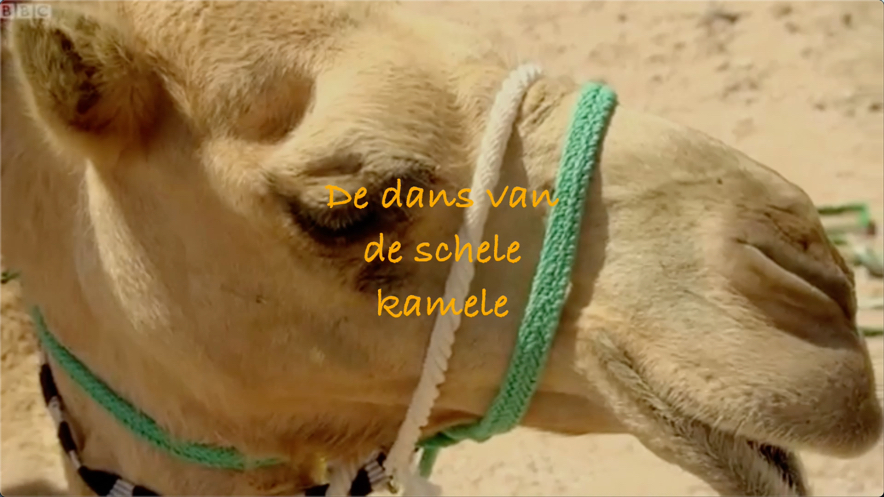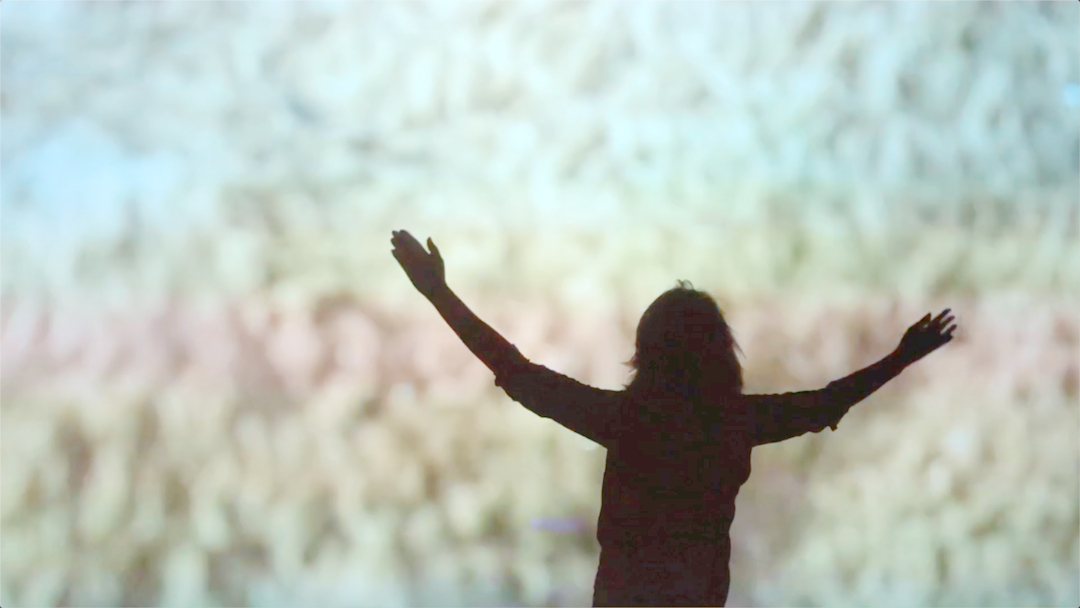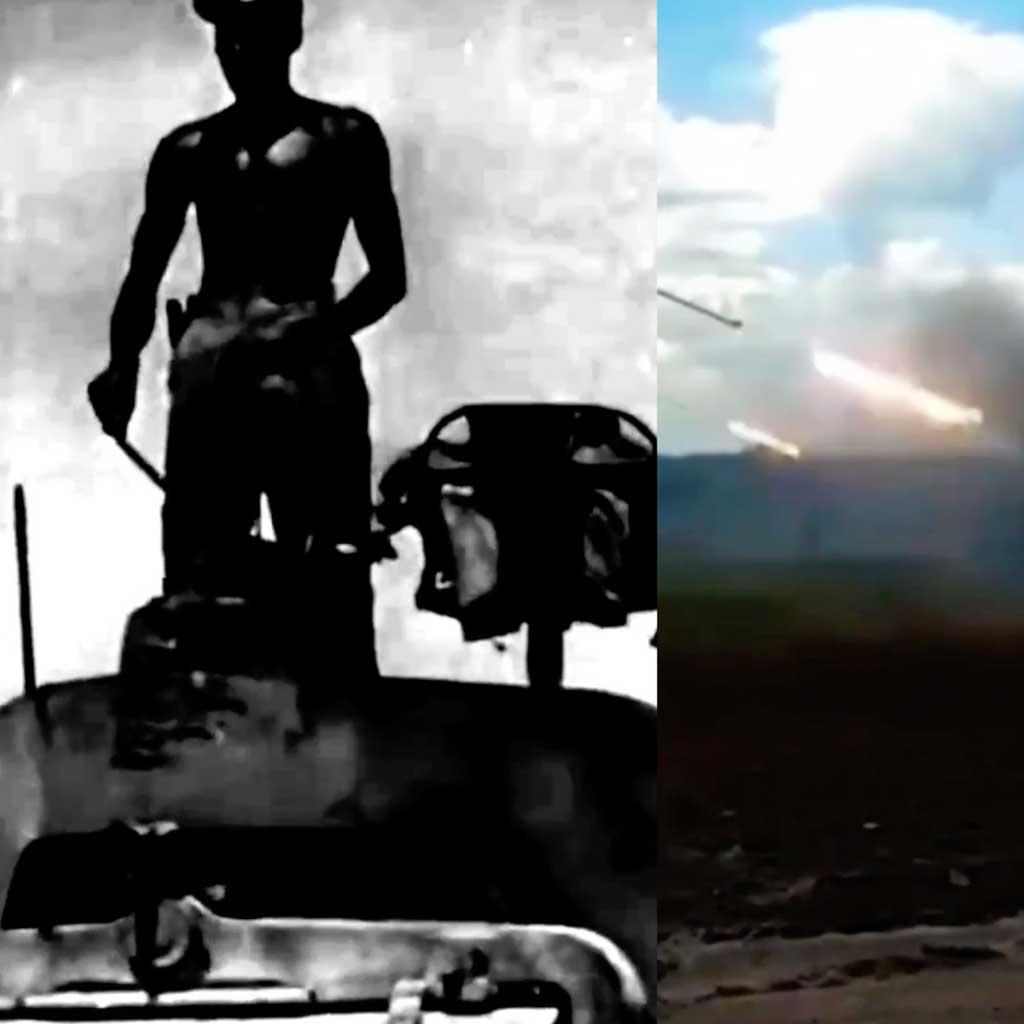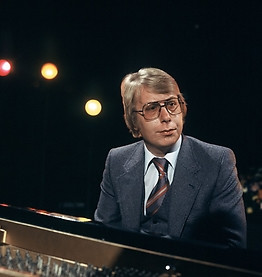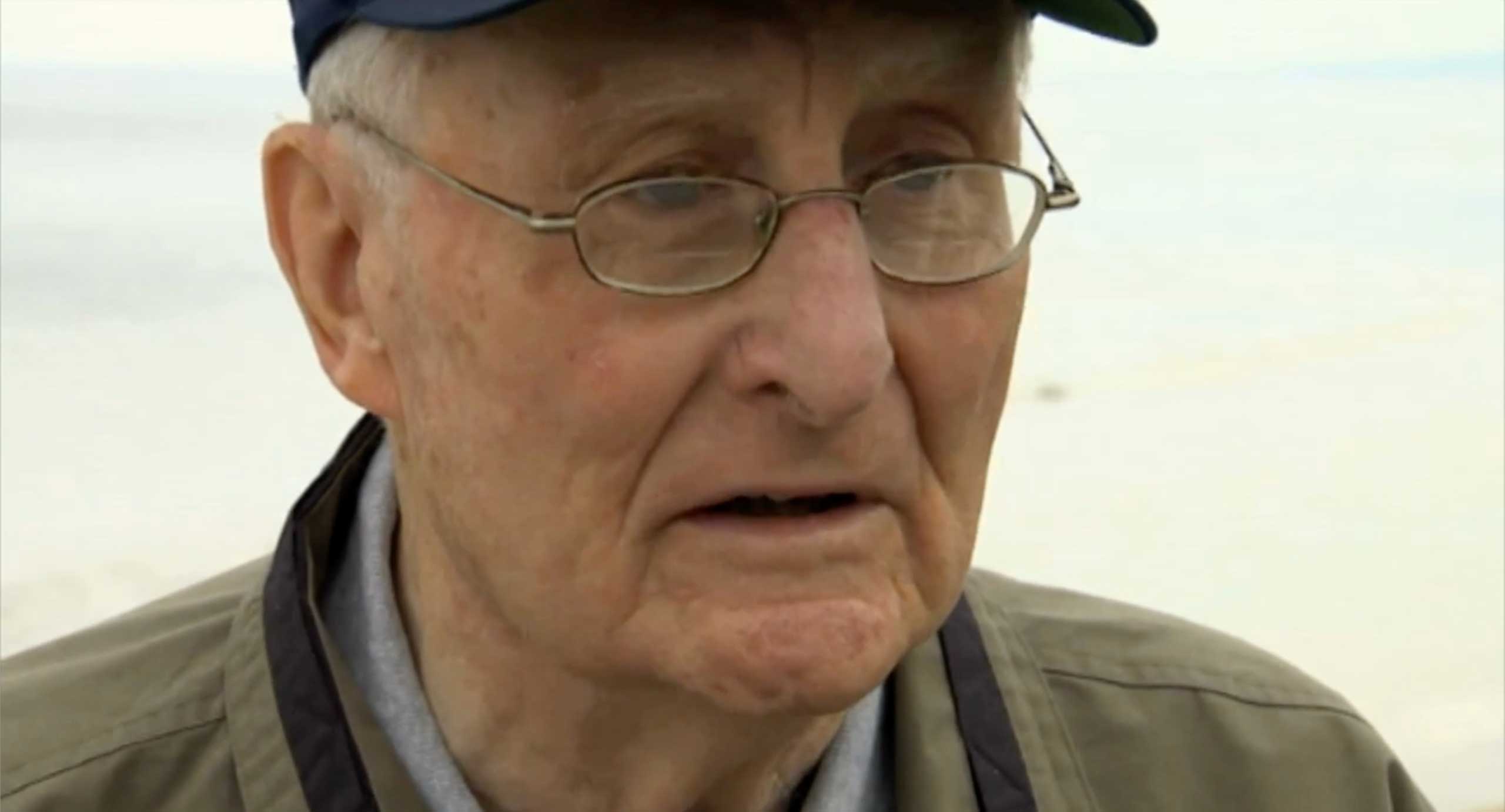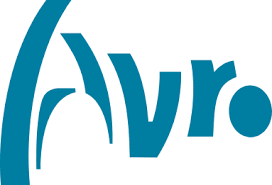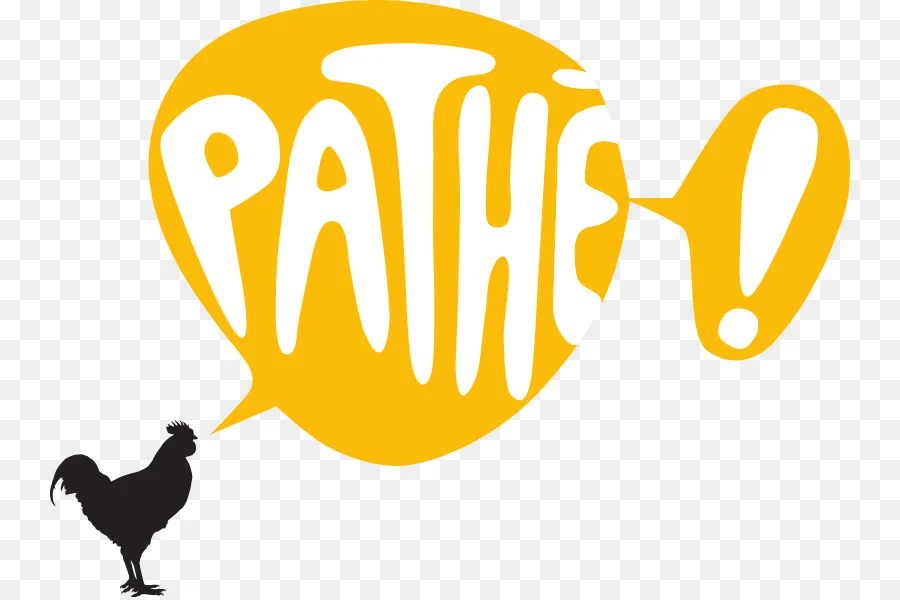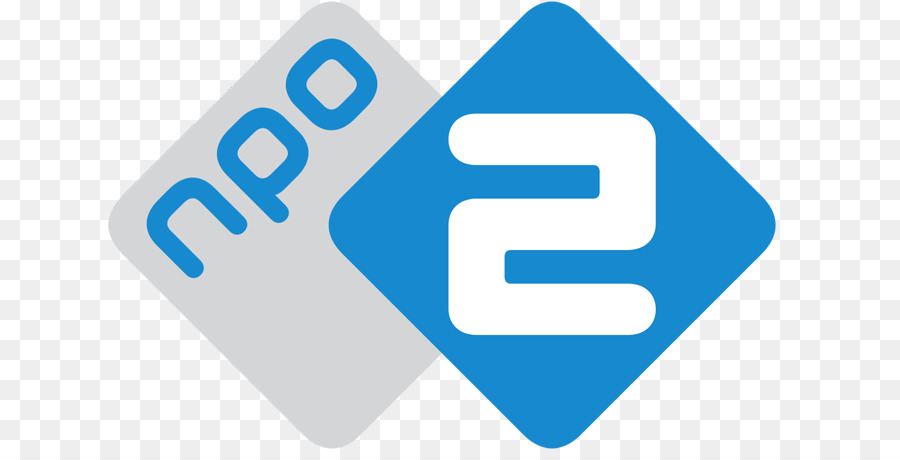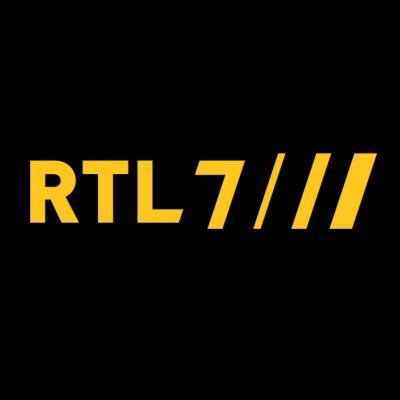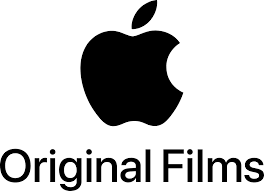De website Back-to-Normandy (www.backtonormandy.org) bestaat op 16 april 2023 precies 20 jaar. De voorbereidingen om deze website te starten, begonnen al in juni/juli 2002 na mijn eerste bezoek aan Normandië tijdens de vieringen van D-day (jaarlijks op 6 Juni). Het werd een intensieve periode met vele mooie, ontroerende momenten en ik maakte kennis met de meest indrukwekkende en belangrijkste periode van de laatste 100 jaar.
De kust van Normandië is de plek waar het grootste invasieleger ooit, met behulp van de grootste maritieme vloot ooit, landde om een begin te maken met de bevrijding van West-Europa.
Jaarlijks verandert de voormalige 80 kilometer lange frontlinie in een toeristische trekpleister met als hoofdattractie de veteranen die “erbij” zijn geweest. Elke veteraan, herkenbaar aan de trossen medailles op hun borst, lijkt persoonlijk de bevrijding te hebben bezorgd aan het onder Nazibewind zuchtende noordwestelijk deel van Europa. Ze vertellen hun verhaal aan wie het maar horen wil. Maar ze vertellen het vooral ook aan elkaar. Zij die het geluk hadden deze strijd te hebben overleefd. In dankbare herinnering aan hun kameraden die het niet hebben gehaald: “forever young”, zoals ik veteranen vaak hoorde zeggen.
De veteranen worden toegejuicht door talloze mannen en vrouwen, verkleed in uniformen en de mode van de veertiger jaren. Zittend op, met veel zorg opgelapte legervoertuigen of eindeloos rondlopend op de voormalige battlegrounds om voor zichzelf de geschiedenis te laten herleven.
Mijn verbazing bij deze aanblik was groot. Van de verhalen van de veteranen snapte ik maar weinig. Maar ik luisterde wel zeer geïnteresseerd omdat ik vermoedde dat er toch wel iets belangrijks was gebeurd.
Die interesse sloeg om in een actieve manier om mijn ervaringen vast te leggen en om er van te leren wat ik had gezien en gehoord. Dat deed ik door middel van de website www.backtonormandy.org en door middel van het maken van vakantiefilmpjes met bezoeken aan de historische locaties en ontmoetingen met veteranen. Ook mijn eerste composities schreef ik al meteen na de indrukwekkende tochten door de moeilijk begaanbare hedgerows (talloze lapjes grond gescheiden door vrijwel ondoordringbare heggetjes), waar vele soldaten van beide zijden hun leven hadden verloren als ze al de slachtpartij van de stranden hadden overleefd.
Mijn honger om te “begrijpen” werd alleen maar groter. De veelheid aan verhalen van veteranen, feiten en halve feiten frustreerde mij diep omdat ik de omvang én samenhang van de gebeurtenissen niet begreep. Sterker nog, niet kón begrijpen door de massaliteit van de Normandy Landings. De talloze boeken en digitale documenten die ik heb, geven slechts een glimp van wat er is gebeurd in Normandië en WWII.
Zoals ik wel vaker met complexe situaties doe, probeerde ik dit giga-probleem te doorgronden met behulp van de techniek van de “relationele database”. Een techniek die feiten d.m.v. zoekmethodes in samenhang (relaties) kan ontsluiten, al naar gelang de vraag die wordt gesteld.
Zo ook hier. Ik ging feiten, halve feiten en verhalen vastleggen in een database die uiteindelijk het hart van Back-to-Normandy zou gaan vormen. Door de opzet en structuur van de database was ik in staat gebleken alle informatie vast te leggen, zodanig, dat ik het te allen tijde kon reproduceren. Op een manier die ik wel kon bevatten. Het eind is nog niet in zicht, het zal ook nooit gereed komen.
Door het overzichtelijke systeem ging ik verder. Niet alleen het verhaal van Normandië, maar stap voor stap kwamen de vele gebeurtenissen in heel West-Europa aan bod. Met vooral namen en nog eens namen. Vele tienduizenden namen zijn beschreven opdat ze niet vergeten worden. Een spreekwoord zegt: “je bent pas echt dood als je naam niet meer wordt genoemd”. Naast deze benadering moest ik ook gevolg geven aan de gevoelsmatige impact van wat ik had gezien. Met behulp van mijn muziek.
Er kwamen vele wegen bij elkaar. De geschiedenis van familieleden die hadden geleden onder het Duitse en Japanse juk. De geschiedenis van West-Europa die maar één echt kantelpunt kent. De tijd voor 6 Juni 1944 en de tijd erna. De dag van het begin van onze vrijheid, bevochten door honderdduizenden strijders uit andere landen dan de onze.
Dit gegeven zou de leidraad worden voor vele tienduizenden publicaties van mijn hand (Op dit moment 139.503 verhalen en 13.824 categorieën, grotendeels een opsomming van legereenheden met hun activiteiten die hebben meegedaan.
Ook mijn muziek kreeg een welhaast onuitputtelijke bron van inspiratie. Deze bezieling leidde ertoe dat ik als (film)componist ging werken met als bekroning de ontmoeting met Dame Vera Lynn en het schrijven van de muziek voor de documentaire Omaha Beach, Honor and Sacrifice die in de USA met een Emmy werd bekroond.
Maar vooral veel voldoening gaf en geeft de website Back-to-Normandy die inmiddels uit alle windstreken (ruim 160 landen en dagelijks honderden bezoekers/duizenden pagina’s) is bezocht en honderden mensen heeft kunnen helpen met het vinden van antwoorden op hun vragen. Vragen die vooral betrekking hebben op hun familieleden die hebben meegedaan aan de landingen in Normandië en hun zegetocht tot en met de bevrijding in Mei 1945.
Een deel van de dankbetuigingen staan hier: https://www.backtonormandy.org/testimonials
Ter gelegenheid van deze 15 jaar heb ik een film gemaakt van 1 uur en 22 minuten, samengesteld uit muziek die ik heb geschreven en filmbeelden uit de dertiger en veertiger jaren.
De volgorde, de verhaallijn:
- · Ouverture (een samenvatting van de Normandy Landings)
- · Proloog (Het leven in West-Europa, de opmaat naar de tweede wereldoorlog)
- · Mobilisatie
- · Voorbereidingen voor de invasie
- · Een gebed, uitgesproken door President Franklin D. Roosevelt
- · Het begin van D-day
- · De landing op de kust van Normandië
- · De situatie (aftermath) van het slagveld na de landing
- · Voortzetting van de oorlog met een onvolledige opsomming van “battles & operations”
- · Bevrijding van de concentratiekampen
- · Einde van de oorlog
- · Een muziekwerk “No more war please” met beelden van de gevolgen van de oorlog en het repatriëren van gevallen soldaten
- · Beelden van mijn bezoeken aan Normandië, de film “The Last Pilgrimage” die ik heb gemaakt ter gelegenheid van het laatste officiële bezoek van de Engelse veteranen aan Normandië en London. Daarnaast hoor je de muziek met het thema van de bekroonde Emmy film
- · Peace (aftiteling)

